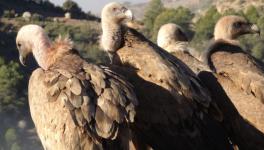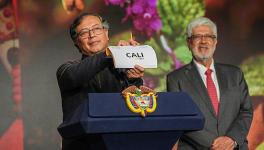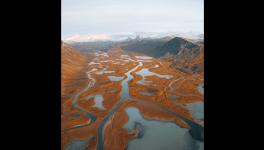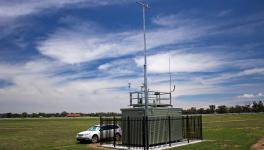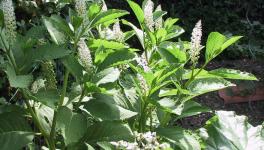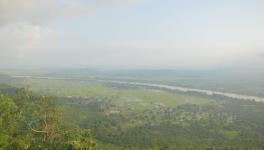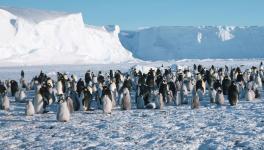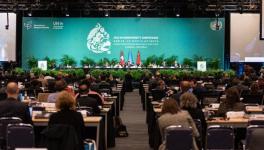Climate is Strong Driver of Language Diversity, Say Researchers

Image Courtesy: Nature Communication. Image for representation only.
The distribution of languages across the world is strikingly uneven. What gives rise to this unevenness of language distribution remains one of the major unsolved problems in linguistics. A recent research published in Nature Communication says that climate has a much stronger effect on language diversity than landscape features like altitudinal range and river density as was previously thought.
The research team mapped language diversity across the globe and found that areas with more productive climates provide more languages. The reason for it, as described by the researchers, is that climatic conditions have to do much with food production. Professor Lindell Bromham, biologist from the Australian National University (ANU), and one of the leading authors of the study says, “If an area can reliably support food production for more of the year it may allow human groups to persist in smaller areas, so you can pack more different cultures into one region, and therefore more languages."
Professor Bromham explained further: "If you're up in a region with a shorter growing season, or less reliable food productivity, you might need to make sure you've got links with other groups so you can support each other. It might be harder to form a small, isolated, self-sufficient band."
Ecological Isolation, Ecological Risk and Language Diversity
As far as the geographic patterns in the distribution of language is concerned, we see latitudinal gradients as the foremost one—as we move towards equator, language diversity increases, and languages in the tropics are limited to smaller areas than languages at higher altitudes.
To explain the geographical variation in language diversity, two ecological mechanisms have been proposed: ecological isolation and ecological risk.
Isolation acts like physical barrier to human movements and thus restricting the interactions among groups and slowing the spread of linguistic variant. This phenomenon leads to development of distinct languages among groups. Previous studies have shown that there are geographical correlates that bring language diversity like river density, landscape roughness, elevation range and habitat diversity. All these researches hint towards an ecological isolation as a mechanism for creating language diversity.
The ecological risk mechanism for creating language diversity says about the association of language diversity and climatic factors like seasonal temperature variation and yearly rainfall. These climatic factors determine whether a group of population would be stable in a geographical location. This is because these factors influence the food production. In an environment where the year round food productions are self-sufficient for a group, the group becomes stable there. This again restricts various groups in a broad region to remain in their small isolated areas and provides the conducive environment for developing various languages. In fact, countries with high vertebrate and plant diversity, in general, have rich language diversity too. Contrarily, the geographical regions with unpredictable climatic conditions like unpredictable rainfall and high seasonality, would, normally, doesn’t provide self-sufficiency in terms of yearly food productions. This insufficiency of food productions often makes groups to depend and interact with neighboring communities for food products when they are scarce. This instability restricts the isolation and development of language diversity in groups living in a geographical region of unpredictable climatic conditions.
"Our results look a lot like a map of biodiversity," said Professor Bromham. "You could overlay a map of language diversity and a map of biodiversity and they'd show some very similar patterns. For example, there's more diversity around the equator, and less as you go towards the poles.”
"If you've got an area where it's hard for animals to live, it's generally also hard for people to live there. So unsurprisingly, in those areas, there are fewer languages,” he added.
Nevertheless, the study also finds that there is certain language diversity which could not be explained by ecological factors. As examples, they quoted Eastern Himalays, West Africa and Papua New Guinea.
Papua New Guinea is home to 10% of the world’s languages, whereas, the portion of global land it covers is only 0.5%. The study says that Papua New Guinea not only has many languages, but also, the languages are fundamentally different form one another. "If we can understand what's driving this, I think we'd understand a lot more about the drivers of cultural diversity in general," said Dr. Xia Hua, the lead author if the study.
The places that are witnessing rapid language loss, for example Australia, could have extra significance.
"Every language we lose is a rich source of information on the way languages have evolved. The more we lose, the harder it will be for us to understand language origins,” Bromham said.
Get the latest reports & analysis with people's perspective on Protests, movements & deep analytical videos, discussions of the current affairs in your Telegram app. Subscribe to NewsClick's Telegram channel & get Real-Time updates on stories, as they get published on our website.









